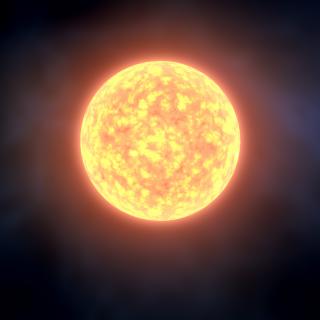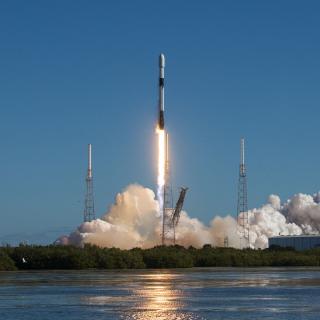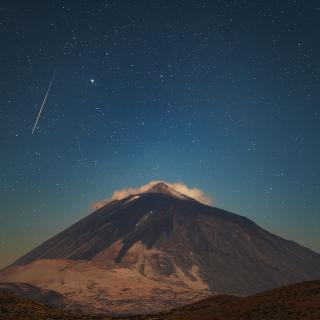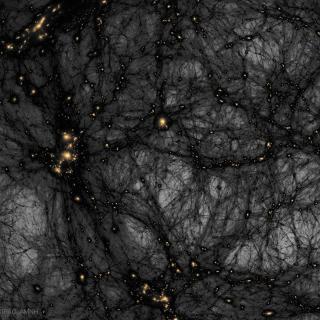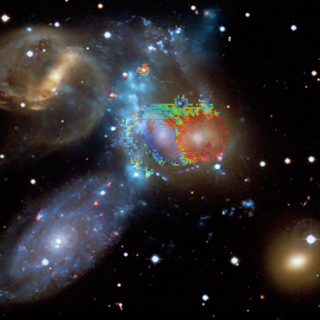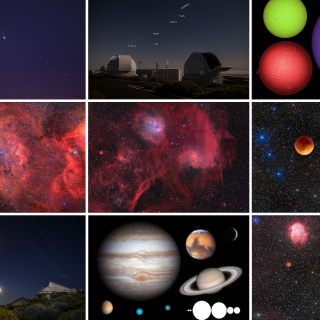
The Unit of Communication and Scientific Culture (UC3) of the Instituto de Astrofísica de Canarias (IAC), with the collaboration of the Museum of Science and the Cosmos (Museums of Tenerife), has edited two astronomical wall calendars with astronomical events for the year 2023, which can be consulted and downloaded in digital format and picked up in physical form at the IAC headquarters in La Laguna. The astronomical images that illustrate them have been obtained by the astrophotographer Daniel López (El Cielo de Canarias). The Wall Calendar ( link to the document pdf) The Poster calendar (
Advertised on
